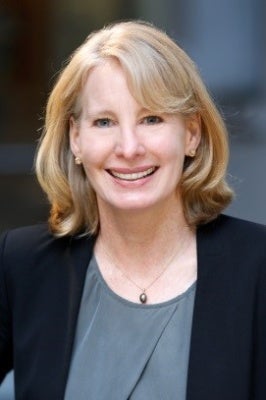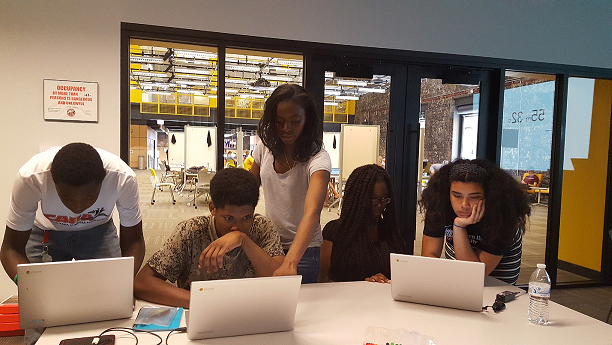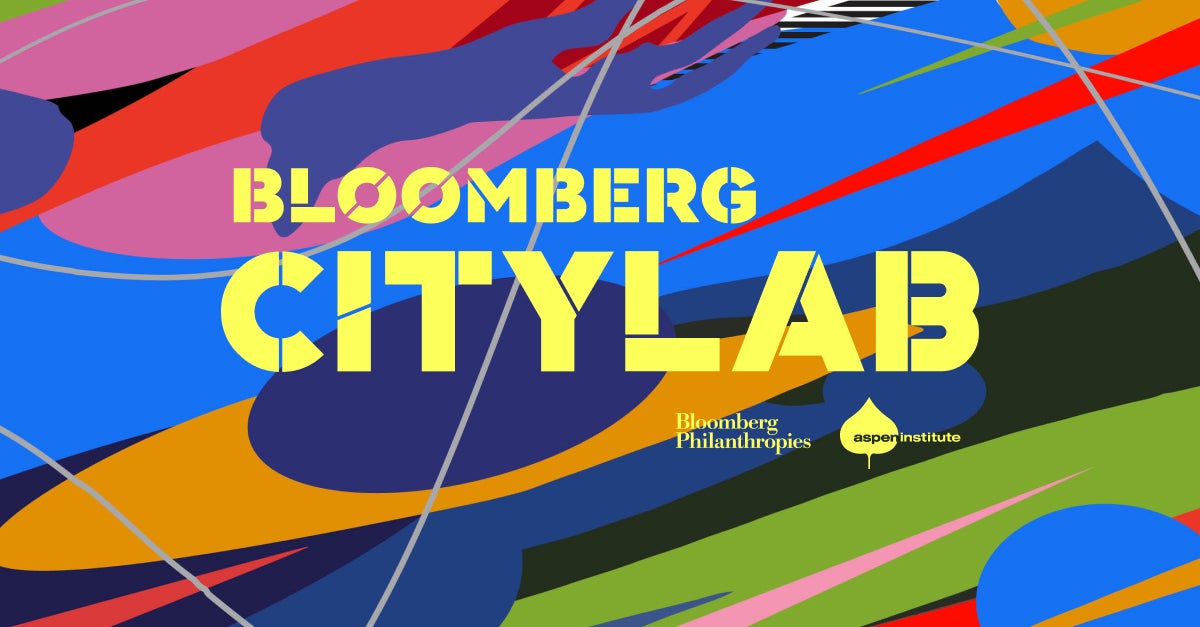Lisa Hagerman is the Director of Programs at DBL Partners,
a double bottom line venture capital firm, which she joined in 2011. Lisa is leading the strategy and implementation of double bottom line practices, working with DBL’s portfolio companies across workforce development, environmental stewardship, community engagement, and public policy.
This interview is part of the Aspen Institute Center for Urban Innovation’s series of conversations with inclusive innovation practitioners
Jennifer Bradley: How do you think about the relationship between the tool of venture capital and values?
Lisa Hagerman: I see it as a tool for inclusive innovation because it is a vehicle for large institutional investors, many private foundations, family foundations, family offices, high net-worth individuals, public and corporate pension funds, and now university endowments, to invest for strong financial returns, but also positive social and environmental impacts on society. Without impact venture capital, investors wouldn’t be able to allocate capital with the intent of having these dual returns.

Lisa Hagerman, Director of Programs, DBL Partners
Being able to move beyond traditional philanthropy through values-based investing sends significant amounts of capital into different sectors and supports the whole ecosystem that then leads to innovative technologies and significant job creation, because you’re doing all of this at scale with substantial capital.
And today pretty much all of the entrepreneurs that are coming in our door are social entrepreneurs and they are doing this because they want to create a terrific company and they want to do very well, but they also want to have a positive impact on society and solve problems.
So values are at the center from the investor perspective and the entrepreneur perspective, and of course our whole ethos going back to 2004 was the double bottom line: the financial return and then the second return of social, environmental and economic benefits in the sectors and regions in which we invest.
JB: Are there certain tools or methods that you don’t use?
LH: As impact venture capitalists, DBL is investing in companies with financial capital. We’re not really using the tool of civic engagement, aside from the fact that companies are coming to us and they are innovating in civic engagement.
JB: Is there a tool that you wish existed for the practice of venture capital to drive inclusive innovation, but that doesn’t exist right now?
LH: The creation of time.
JB: That would be good. I would invest in that company.
LH: Well there’s actually something to that. Maybe it’s a tool that helps us more efficiently use all the resources that we have. But that comes down to human capital. So, as an example, we have private foundations that are our Limited Partners, our investors in this tool of impact venture capital. They invest in our fund and then they’re also making grants to, say, an institute or other nonprofit entities, and I feel like part of my work is to connect the dots and leverage all of these resources. A lot of it is human intellectual capital to say, “Oh so and so is already working on that project and they’re investing in this initiative, that would be very useful to our company,” but they have no idea that that is happening. It goes back to time and resources and effectively leveraging all of our resources and relationships.

JB: I’ve talked to other people in impact venture capital, and a tool they wish existed is a different set of metrics or more subtle ways to think about ROI. Is that something that you would like to see?
LH: Well, I think metrics and impact measurement and impact management seems to be a big discussion point within the impact investing industry right now. I would say from DBL’s perspective, we’ve been around for over a decade, and we have been leaders on the impact measurement work going back to 2004. We now have three very robust reports across all of our three funds that our stakeholders, our investors, are happy with. I think some of the discussion around metrics is to some extent how can you automate it, how can you create different platforms and benchmarks.
In terms of standardizing impact metrics across asset classes, it’s a very difficult thing to do, because you can’t compare apples and oranges. I co-authored a piece on this topic in 2007. I think that in terms of ROI, it goes back to the intent of the investor and there may be some investors that are okay with taking perhaps a lower return, but having more robust analysis on the impact of that investment. That may also require more data and a longer time horizon. A good example is Revolution Foods. When DBL invested in 2006, some might say on the empirical impact value, “Oh you can’t invest in this company unless you know definitively that there’s data to prove that healthy food leads to higher learning rates and reduced obesity.” Fast forward 11 years and in 2017 a center at UC Berkeley came out with a study that shows improved learning rates for children that are eating healthier foods.
It really comes down to a good alignment between the investor and the fund manager and the company and being able to set the right metrics from the beginning. There’s also a role for foundations and grant dollars to support some of the work towards getting a stronger evaluation or moving beyond the outputs to the outcomes.
JB: How should we think differently about tools for creating more inclusive innovation?
LH: I think we need to recognize that we can’t be siloed in one area and only work with one set of tools. There are really sizeable investments that, through a market-based approach, can lead to innovations that are able to scale up and have global reach and solve problems, but also create economic development in an inclusive way through training and creating quality jobs. There’s an intersection of social issues and finance and energy. It’s all becoming intertwined.
This interview has been condensed and edited for clarity.
This blog series is supported by the Citi Foundation, a vital early supporter of the Center for Urban Innovation at the Aspen Institute. With the Citi Foundation’s help, the Center convened leading-edge practitioners to develop a shared set of principles to guide a cross-sector approach to inclusive innovation in low- and middle-income neighborhoods, and to determine how the Aspen Institute could support this practice.

